Did you know that the ostrich is the biggest bird in the world that lays eggs? They’re massive and can weigh up to 320 pounds! And get this – their eggs are huge too, measuring at 6 inches long and over 3 pounds in weight!
Now, the emu is the second-largest egg-laying bird in the world and it’s native to Australia. These birds can weigh up to 120 pounds and lay eggs that are around 5 inches long and weigh over a pound.
And finally, we have the cassowary, also from Australia, which is the third-largest egg-laying bird in the world. These birds are known for their colorful headgear and can weigh up to 130 pounds. Their eggs are about 3 inches long and weigh roughly a pound.
Let’s explore the top 10 largest egg laying birds in the world.
Top 10 Biggest Egg Laying Birds in The World
Eggs provide vital nutrition for the growth and development of many creatures, and the ability to lay eggs is a key feature of many birds. Egg-laying is an essential process for these creatures, and some are much more efficient at it than others.
Here is a look at 10 of the world’s largest egg-laying birds.
1. Ostrich: Ostrich are large flightless birds found mainly in Africa and parts of Asia. They can lay up to 200 eggs per season, making them the top egg-layers among birds.
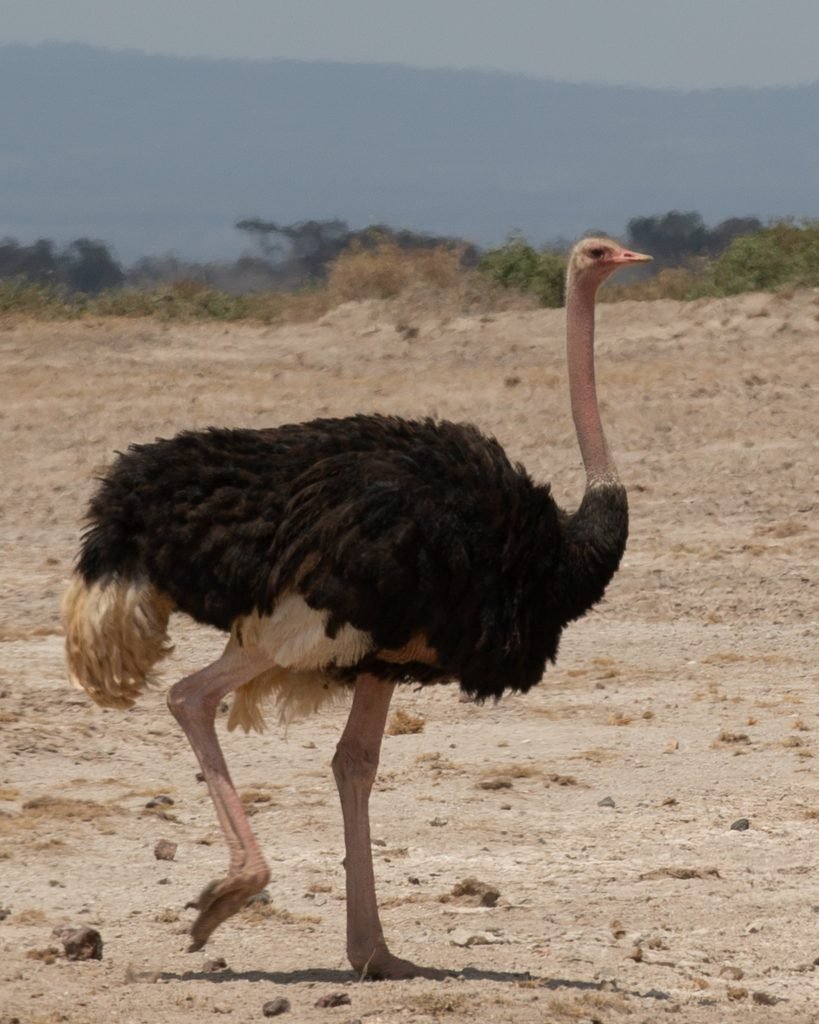
2. Emu: This bird native to Australia is similar to an ostrich but smaller in size, typically weighing around 66 pounds. The emu can produce up to 30 eggs each year, and females are able to store sperm for months after mating before fertilizing the eggs.

3. Cassowary: The cassowary is one of the most dangerous species of birds in the world due to its strong legs and sharp claws. However, they can lay as many as 60 eggs annually.

4. Brown Kiwi: Brown kiwis are nocturnal birds found primarily in New Zealand that usually lay up to 18 eggs per season, with clutch sizes ranging from one to four eggs per nest.
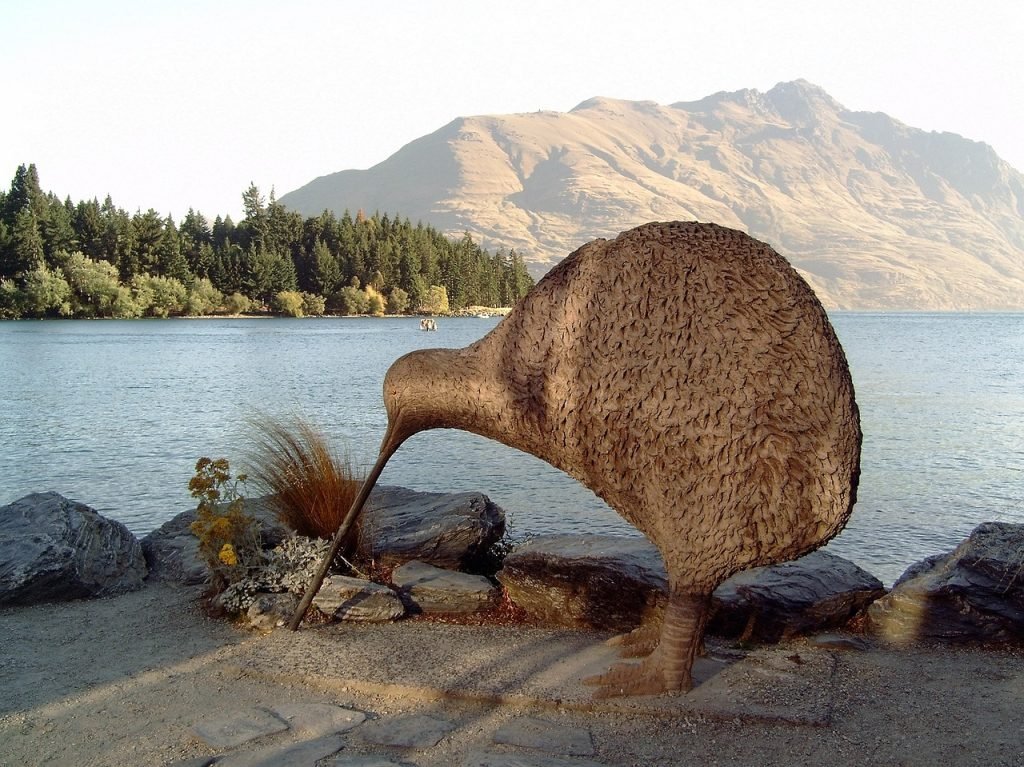
5. Potoo: This small bird of prey typically lives in Central and South America and lays about two or three eggs per nesting session during breeding season.
6. Macaroni Penguin: These penguins live mainly in Antarctica and can lay up to two eggs per nesting session every year from late December through February/March.
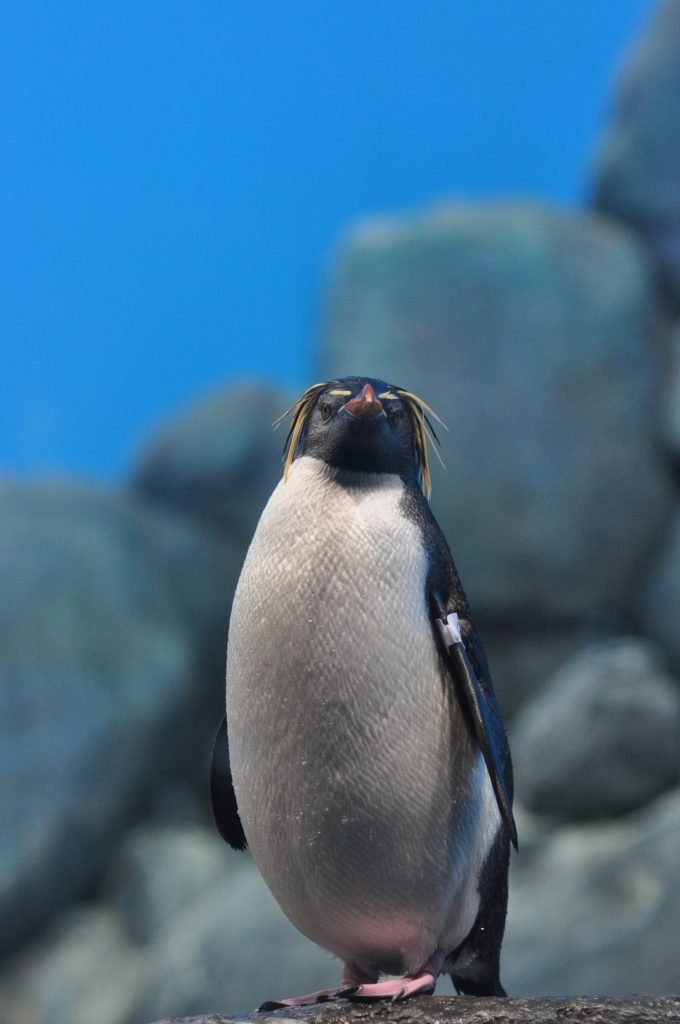
7. Greater Flamingo: These large wading birds are found across Europe, Africa, and parts of Asia, typically laying up to four eggs during breeding season (October through April).
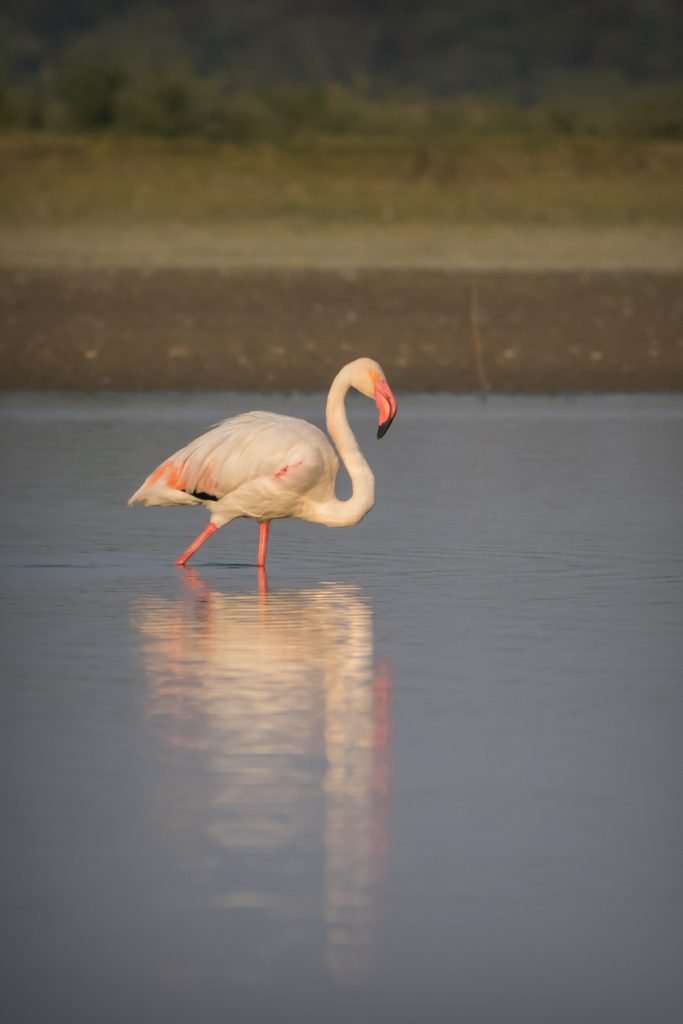
8. Bald Eagle: One of the largest bird species in North America, bald eagles have been known to produce up to three eggs each year during mating season (February through April).

9. Goose: A wide variety of goose species exist worldwide which can vary significantly in terms of egg production capabilities—the barnacle goose is one example which has been known to produce over 20 eggs per season while other geese may only lay 8-12!
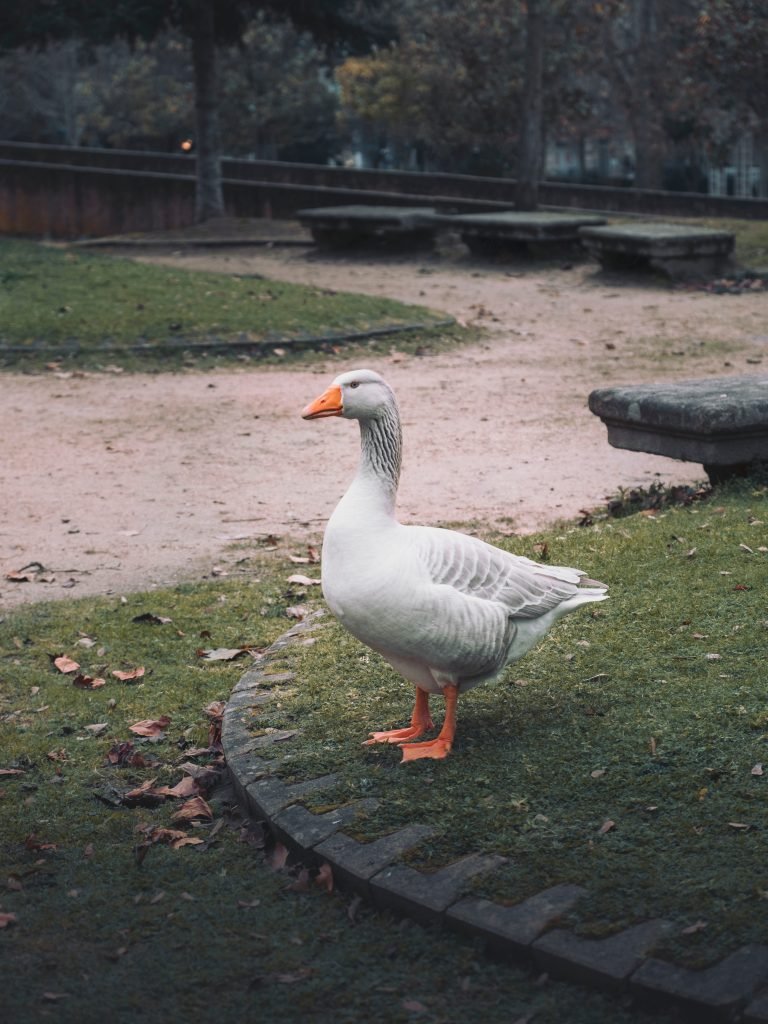
10. Turkey: The domesticated turkeys popular around Thanksgiving often come from farms where hens can be expected to lay anywhere from 70-100+ white or light brownish eggs annually—many times higher than their wild counterparts!

Let’s thoroughly go over the largest egg-laying birds one by one. Facts & Eggs!
Ostrich:
If you think of ostriches, the first thing that usually comes to mind is their giant size and their ability to run extremely fast. But what about their eggs? Ostriches lay large eggs which can contain double the amount of nutrition found in a chicken egg! Here are some interesting facts about ostrich eggs:
Ostrich eggs are incredibly large compared to other birds. The average ostrich egg can weigh anywhere from 1.5-3 lbs, with the largest egg recorded weighing in at 5 lbs. That’s about the same as 24 chicken eggs!
The color of an ostrich egg can vary from white to light yellow, or even greenish blue. The coloring comes from the minerals in the shell which make it more durable than most other bird eggs.
Ostrich eggs contain twice as much nutritional value as chicken eggs. This is due to their larger size which gives them more space for essential proteins, vitamins and minerals like Vitamin A and Iron.
Ostrich eggs can take up to 45 days to hatch, making them one of the longest incubation periods among bird species. During this time, they are kept warm by both male and female ostriches who take turns incubating them over several days or weeks at a time.
Ostriches only lay a small number of eggs per year; usually between 10-15 eggs total. As such, they are a very valuable commodity which is why their price can range from $20-$60 per egg depending on where you live.
Whether you’re looking for nutrition or just want something unique for your next meal, consider giving ostrich eggs a try! Not only are they delicious but they offer up twice as much nutritional value compared to regular chicken eggs!
Emu:
Did you know that the emu is the second-largest bird in the world, right behind its close relative the ostrich? Not only are they incredibly large birds, but emus have several interesting facts that make them stand out from other feathered friends.
Here we discuss some of the fascinating facts about this remarkable species and its eggs.
The most notable fact about the emu is that it’s an egg-laying bird, capable of producing a staggering ten or more eggs at a time! The eggs themselves are approximately 13cm long and weigh around 400 to 600 grams.
They have a unique leathery shell which can vary in colour from greenish-blue to a deep blue. The shells contain four different chambers and are divided into two compartments separated by a thin membrane.
The contents of an emu egg may come as a surprise: aside from albumen and yolk like any other bird egg, it also contains oil droplets – almost 30% of its total mass. This makes them highly nutritious and rich in protein, fat and other vitamins, making them popular among health-conscious consumers.
When incubating an emu egg, the temperature should remain at a steady 99F (37C) with a humidity level of between 60%-65%. On average, each egg will take 56 days to hatch – significantly longer than chicken or turkey eggs which typically require just 21 days.
Emus are considered resilient creatures with few natural predators due to their sheer size – however these fascinating birds also possess an incredible ability to run up to speeds of 50km per hour! They’re even able to change direction quickly when running, something very few birds are capable of.
Emus can survive for weeks without drinking water thanks to their low metabolic rate, although they’ll take on extra liquid if available during times of drought or extreme heat.
With such extraordinary features – not forgetting their delicious eggs – it’s easy to see why emus have become an iconic symbol in many countries around the world. So why not take some time to learn more about this intriguing species?
Cassowary:
The cassowary is an iconic Australian bird that has a unique combination of feathers, colorful head, and tall stature. But, perhaps the most interesting aspect of the cassowary are its eggs – some of the largest and most fascinating in the avian world! Here are five egg facts about this incredible species:
First, cassowaries lay huge eggs. On average, they measure 12 cm (4.7 inches) long and weigh 170–250 grams (6-9 ounces). This makes them some of the biggest eggs laid by any bird species in the world. They are larger than those of ostriches and emus, for example.
Second, female cassowaries can lay up to 50 eggs per year. That’s a lot for such a small creature! Females will also lay extra eggs if their clutch size is too low due to predation or poor weather conditions.
Third, cassowary eggs take around 54 days to incubate. That’s much longer than other large birds such as emus which only take around 40 days. After hatching, young cassowaries will stay with their mother until they reach maturity at 18 months old.
Fourth, like other ratites, cassowary eggs have very tough shells which make them well suited for living in Australia’s humid climate and harsh conditions. This is essential for keeping the embryos inside safe from predators and protecting them during development.
Finally, there are actually three different types of cassowary eggs: light blue-green (regular), pinkish-orange (immature), and creamy white (infertile). Regular eggs can sometimes even have spots on them! These spots don’t have any effect on the egg’s fertility but they may help camouflaging it in certain environments.
Overall, these amazing facts prove just how unique cassowary eggs truly are!
Brown Kiwi:
The brown kiwi is a species of flightless bird endemic to New Zealand. This small, nocturnal creature has a distinctive brown plumage and is found in both the North and South Islands. As its name suggests, the brown kiwi is primarily brown in color, although some birds may have reddish or white markings.
The bill of the bird is large and powerful for its size, enabling it to break open seeds and fruit easily.
Brown kiwis lay one egg each year between June and March, with most laying occurring from August to October. The female’s egg makes up about 25 percent of her body weight – it’s huge compared to other birds! The eggs are usually incubated by both parents but sometimes just by the female alone.
On average, it takes 53-75 days for an egg to hatch depending on weather conditions and altitude of the nesting area.
Once hatched, chicks must find food on their own while they are still downy young (within 12 hours of hatching). They can often be heard calling from within their burrows soon after hatching, looking for their parents. It takes up to six months for a young kiwi chick to fledge (leave the nest) and survive on its own.
Kiwis are important for preserving the unique ecosystem of New Zealand due to their low mobility which keeps them relatively localized compared to other species. However, their population numbers have declined drastically in recent years due to human interference as well as predation by cats, dogs, rats, stoats and ferrets.
Fortunately, conservation efforts have led to successful re-introduction projects such as those on Codfish Island which help sustain the dwindling numbers of these beautiful birds.
Potoo:
The potoo is an interesting and unique bird found in South America. Although its exact scientific classification is disputed, it is generally considered to be a member of the Caprimulgidae family.
It has a remarkable resemblance to an owl and can often be seen perching motionless on tree branches for long periods of time. What many people may not know, however, is that potoos lay eggs like most other birds, but with some fascinating differences!
One of the most unusual aspects of the potoo’s egg-laying behavior is that they often lay only one egg at a time. Unlike other birds which lay multiple eggs in one nest, potoos will often place each egg separately in different places, sometimes even up to 20 meters away from each other!
This means that unlike many other bird species where all eggs hatch around the same time, each baby potoo can have different ages.
Another unique characteristic about potoo eggs is their coloration. While the exterior looks like any ordinary eggshell – white and round – inside the egg there is a distinctive blue hue that contrasts strongly with the outside layer.
The cause of this coloration has not been identified yet, but some speculate that it might have something to do with protecting or keeping the egg warm while it incubates in such an open environment as they usually lay them in.
Pootoos are also unusual among birds because they don’t sit on their eggs to keep them warm; instead, both parents will take turns standing guard over them and singing distinct territorial songs to warn off potential predators.
In addition to this parental care, there have been observations of multiple adult pootos gathering around newly laid eggs for warmth and protection against weather conditions such as rain and wind!
All in all, it’s clear why pootoo eggs are so intriguing and fascinating – their singular laying pattern coupled with mysterious blue colorations make them truly unique!
For those wanting to observe these mysterious creatures more closely – particularly during mating season when nests are abundant – head over to South America for your chance at an unforgettable experience!
Macaroni Penguin:
The Macaroni Penguin (Eudyptes chrysolophus) is a species of penguin found in many parts of the Southern Hemisphere. Native to Antarctica, this species can be found as far north as South Africa and New Zealand, where they congregate during breeding season.
Though their habitat is highly specialized, they are considered the most numerous species of penguin on earth with an estimated 10 million adult birds.
The Macaroni Penguin has striking yellow feathers that grow on its head like a crest. It stands up to 70 cm tall and has distinctive red eyes. They are mostly black and white in color with patches of brown and yellow feathers adorning the face and upper breast.
Their strong, curved bill gives them a unique profile amongst all other penguins.
Macaroni Penguins are monogamous animals and typically form life-long pair bonds that begin when the birds reach sexual maturity at age four or five. Females will lay one to two eggs each season and incubation of the eggs is shared by both parents until they hatch around 35 days later.
The chicks stay with their parents until they molt at three to four months old before heading off alone into the wild.
One particularly interesting fact about the Macaroni Penguin is that their eggs have different shells depending on which parent laid them. The female lays an egg that is almost perfectly round with a shiny blue-green shell, while male eggs are more elliptical in shape with a rough matte texture to their shells.
Macaroni Penguins feed on small fish, krill, crustaceans and squid found near the ocean’s surface which they pursue from the water’s edge using their agile flipper movements and powerful swimming ability.
To protect themselves from predators, these birds nest together in large groups called colonies that number up to hundreds of thousands of individuals during mating season for protection from predation.
Though it’s threatened by overfishing, oil spills and climate change, populations of Macaroni Penguins remain fairly healthy due to their strong social behavior which helps conserve their population numbers through disease prevention techniques such as eating certain rocks or pebbles that help aid digestion as well as maintaining grooming behaviors like preening and scratching that serve as anti-parasitic strategies against lice or ticks in particular regions of their body areas covered by dense feathers.
In conclusion, Macaroni Penguins are an amazing species whose intelligence levels have proven useful in helping preserve some level of equilibrium within their current environmental habitat while still allowing human interaction if regulated correctly – helping them thrive into the future years!
Greater Flamingo:
The Greater Flamingo is one of the most majestic birds in existence. It’s size, bright pink feathers and signature beak make it a popular choice among bird-watchers all around the world. But what you may not know is that Greater Flamingos are also fascinating creatures with unique habits and behaviors.
In terms of reproduction, the Greater Flamingo produces between 1-3 eggs in a clutch, depending on the climate and conditions of the nest. All flamingos lay their eggs on land or floating islands, where they incubate them for approximately 28 days.
Once hatched, both parents are responsible for caring for their offspring and bringing food back to the nest. The young chicks remain dependent on their parents for up to a year before leaving the nest to start an independent life.
In terms of diet, the Greater Flamingo feeds mainly on algae and aquatic plants that it finds along lake beds and other wetland areas.
Additionally, small crustaceans such as brine shrimp make up an important part of its diet. With its specially adapted beak that acts as a filter-feeder, the Greater Flamingo is able to strain out large amounts of water from its food sources which helps it maintain an efficient nutrition regime.
All in all, The Greater Flamingo is an amazing creature with incredible physical traits and fascinating reproductive habits that can be admired from afar or seen up close at any wetland sanctuary. Its diet consists mostly of algae and aquatic plants but can also include smaller animals like brine shrimp which gives this bird great adaptability to different habitats throughout its lifetime.
Bald Eagle:
The bald eagle, the majestic symbol of American strength and patriotism, is one of the world’s most impressive birds. As the only eagle exclusive to North America, they have been widely recognized as a national symbol of the United States since 1782.
Bald eagles are so special and powerful that they were even declared our national emblem in 1782 by the Second Continental Congress. Here are some fascinating facts about this incredible species:
Bald eagles are extremely large and can reach wingspans up to 8 feet wide! They typically weigh between 10-15 pounds with their female counterparts being larger than males.
These magnificent birds have excellent eyesight and hearing which helps them spot their prey from up to a mile away. Their sharp talons make it easy for them to swoop down on their prey and snatch them up.
When it comes to egg laying, female bald eagles lay one to three eggs at a time with two being average. The eggs take around 35 days to hatch after which the young chicks remain dependent on their parents for an additional 2 months before learning how to hunt and fly on their own.
Although the typical lifespan for an eagle is anywhere between 20-30 years in captivity, most eagles die much earlier due to lack of food or habitat destruction caused by humans.
Bald eagles usually build their nests near large bodies of water such as lakes, rivers or seasides which makes them easy access points for catching fish or other aquatic prey that form part of their diet. Additionally, they can also eat other small animals like mice, voles and snakes when fish aren’t available.
They rely heavily on trees near these areas for nesting sites so any destruction or deforestation in these areas would be very detrimental to the bald eagle population in that particular region.
In conclusion, bald eagles are truly remarkable birds with an incredible presence in our nation’s history and culture. Although their numbers are decreasing due to various environmental issues, we can still admire them whenever we see one soaring through the sky or perched atop a tall tree nearby.
With conservation efforts continuing all over North America, hopefully we’ll be able to keep seeing these iconic birds in our skies for many years to come!
Goose:
Have you ever stopped to consider the majesty of geese? These remarkable birds are full of interesting characteristics and abilities, and have become an integral part of our natural landscape. With so many different species in the world, it’s no surprise that each goose has its own unique set of attributes, including egg production.
Read on for more interesting facts about geese and their eggs!
First, let’s start with a general overview of goose eggs. Depending on the type of goose, these eggs range in size from small (gadwall) to large (Canada geese).
Goose eggs can be anywhere from white or creamy to pale green and grayish-blue in color. Most importantly, they are rich in nutrition, containing high amounts of protein, iron, calcium and vitamin B12 – perfect for a healthy breakfast.
When it comes to reproduction, female geese usually lay four to seven eggs at a time, but can lay up to 13 at once if the conditions are just right! The eggs typically hatch between 25 and 30 days after being laid.
The babies stay with their parents for approximately 70 days before taking off into the wild on their own. Geese typically mate for life so when one member of the pair dies or is unable to reproduce any longer due to injury or illness, the surviving partner often finds a new mate so that they can continue laying eggs and raising goslings.
Geese are also quite resourceful creatures when it comes to nest building; they tend to use sticks or other available materials in order to make their nests comfortable enough for egg incubation.
Furthermore, the female will fiercely protect her nest by chasing away predators while her partner stands guard nearby. During breeding season male geese have been known to fight each other fiercely in order to gain control over nesting areas!
In conclusion, there is much more than meets the eye when it comes to geese and their egg production habits. From mating rituals all the way down to nest construction, these fascinating birds are far more complex than we give them credit for! For more interesting facts about geese and their eggs be sure check out your local library or conduct research online – you might just learn something new about this incredible creature today!
Turkey:
When you think of the turkey, what is the first thing that comes to mind? The succulent roasted bird we enjoy during Thanksgiving and other holidays? Well, there’s more to the turkey than just its delicious meat. This iconic bird is native to North America and can provide us with an array of facts, from their appearance and life cycle to how they produce eggs.
Turkey’s have a wide variety of feathers ranging in color from tan, brown, grey and even black. They have long tail feathers that grow up to 8 inches in length. Their wings are broad with finger-like wing feathers, helping them stay afloat when they fly. Turkeys have powerful legs that allow them to run at speeds of 25 miles per hour!
The turkey’s life cycle starts with mating season. Female turkeys build nests out of dried grasses on the ground where they lay between four and twelve eggs. She will sit on her eggs for 28 days before they hatch. After hatching, the baby turkeys (or poults) remain under their mother’s watchful eye for up to two weeks until they can fend for themselves.
The adult birds usually form small flocks in which males establish a pecking order and compete for dominance.
When it comes to egg production, turkeys generally lay one egg every day or two over a three-month period starting in March or April (depending on the climate). Their large white eggs contain approximately 0.2 ounces of nutrition, which makes them an excellent source of protein and vitamins for humans or animals who eat them.
Turkey hens usually lay about 180-200 eggs per year before production drops off significantly in late summer.
In conclusion, turkeys are fascinating creatures full of interesting facts about their lives and behaviors! From their unique physical attributes to their egg production cycle, there is much more than meets the eye when it comes to this iconic North American bird.
So the next time you take a bite into a juicy turkey leg on Thanksgiving Day, remember all that this special bird has done for us!
What bird lays the biggest eggs compared to its body size?
The ostrich is the bird that lays the biggest eggs compared to its body size. Ostrich eggs are often described as being roughly the size of a grapefruit, which makes them up to 15 times bigger than other bird’s eggs relative to the size of the adult bird.
On average, each ostrich egg weighs around 1.5 lbs and measures 6 inches long and 4.5 inches wide. As a result of this massive egg-to-body ratio, ostriches have earned their place as one of the largest and most unique species of birds on the planet.
Which bird lays the largest egg?
The ostrich lays the largest egg of any bird in the world, measuring 15 cm long and weighing up to 1.4 kg! While this is larger than other birds, the ostrich actually has one of the smallest eggs relative to its body size of any bird.
It also lays its eggs in a communal nest with several other ostriches, which makes it even more impressive that the egg is able to be identified amongst all the others.
Which bird lays the most eggs?
The Australian malleefowl lays the most eggs of any bird species, with females laying between 20-50 eggs per season. The majority of the malleefowl’s life is spent incubating the eggs and maintaining their nest.
Malleefowl can live for up to 25 years in the wild and are known to reuse the same nest multiple times throughout their life. Despite being among the longest living birds in Australia, they are vulnerable due to habitat destruction.
Which animal lays the largest number of eggs?
The animal that lays the largest number of eggs is the Malayan Python. This reptile can lay up to 85 eggs at a time and is capable of producing several clutches in a single season. Not only does the Malayan python produce a large number of eggs, but it also takes excellent care of them.
The mother snake coils around the nest and protects her eggs until they hatch after an incubation period of 70-90 days. It’s truly incredible how much dedication this animal puts into protecting its young!
Which bird lays the highest number of eggs per session?
The White-Throated Needletail, also known as the Spine-tailed Swift, lays the highest number of eggs per session. This species is found in Southeast Asia and northern Australia and it lays a whopping 10 to 14 eggs at one time!
The eggs are white in color and are usually laid in unlined, cup-shaped nests. It is one of the few bird species to lay such a large clutch size in each session, making it unique amongst other avian species.
Are the eggs of Kiwi birds almost the size of the bird?
No, the eggs of Kiwi birds are actually quite small in comparison to their body size. Kiwi birds are about the size of a chicken and their eggs are typically the size of a large hen’s egg, only slightly bigger.
What is an Elephant Bird?
An Elephant Bird was a large, flightless bird native to the island of Madagascar. They were the largest birds to have ever lived on earth, growing up to 11 feet tall and weighing over 800 pounds. Although they went extinct in the 17th century, we know about them through fossilized remains that have been found in Madagascar.
The main cause of their extinction is thought to be due to hunting and habitat loss. Today, they are best known as being part of legends in Madagascar culture which depict them as giant birds capable of carrying off elephants!
Largest bird egg ever
The largest bird egg ever recorded weighed a whopping 2.35 kg, making it the largest known bird egg in existence. This record-breaking egg was found in an emu nest located on Macquarie Island off the coast of Tasmania, Australia.
Scientists believe the record-breaking size of this egg can be attributed to the birds’ adaptations for surviving extreme weather conditions on Macquarie Island and their increased food sources from large population sizes.
The species that laid this enormous egg is likely a male Southern Royal Albatross or a Northern Giant Petrel – both species are found in Macquarie Island and produce the largest eggs amongst seabirds in general. It’s truly an impressive feat for these large seabird species.
Conclusion
In conclusion, the top 10 large egg-laying birds include ostriches, emus, potoo, cassowaries, kiwis, geese, turkeys, macaroni penguins, greater flamingos, and bald eagles. Each of these species has its own characteristics and advantages that have made them such prolific egg-layers over the centuries.
Oftentimes the number of eggs they lay will depend on the bird’s habitat and how much food is available. As well as laying large amounts of eggs, each species also has different incubation periods with some as long as four months. Knowing more about these large egg-laying birds can help us understand why they are so successful and be able to appreciate their unique qualities.
Recent Posts
What Does Kiviak and Its Eggs Really Taste Like and How Do You Even Eat It?
Kiviak and its eggs taste like fermented blue cheese mixed with oily game meat, wrapped in a punch of ammonia. This dish, found in Greenland, is made by stuffing hundreds of whole auk birds into a...
Are Ethical Concerns in Egg and Chicken Farming Being Ignored?
Egg and chicken farming has raised significant ethical concerns, affecting both the animals involved and the consumers who rely on these products. The conditions in which chickens are raised, their...

